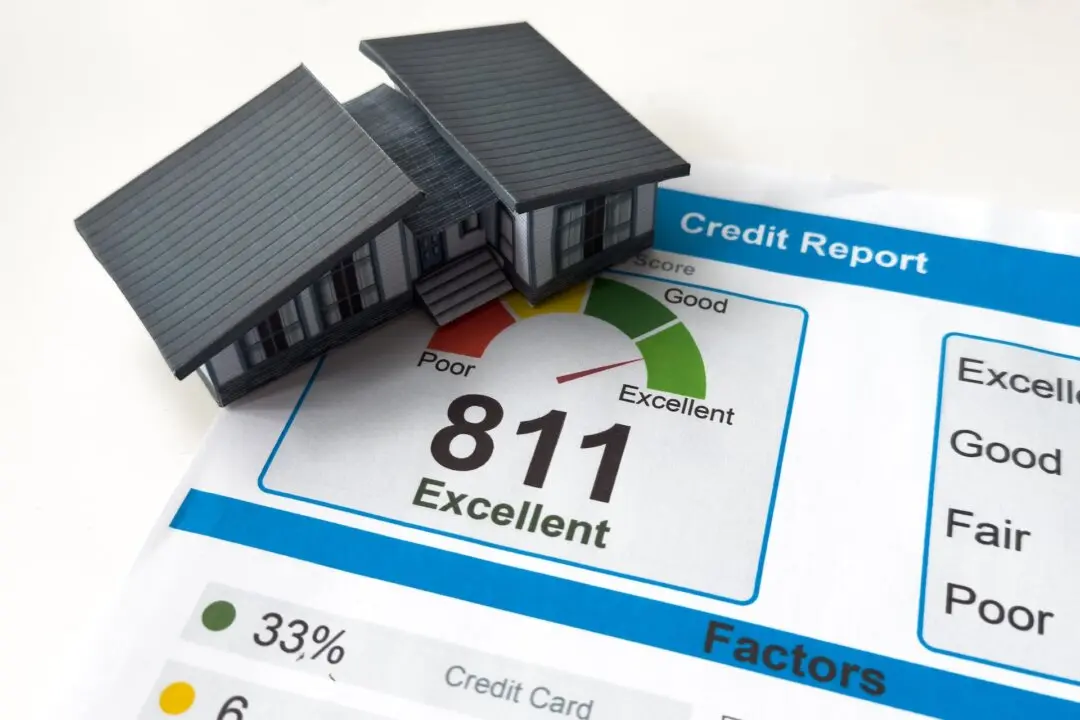Next to the rent or mortgage payment, food is likely your biggest household expense. And have you noticed food prices steadily creeping into the stratosphere? A little here, some more there doesn’t seem too bad until you get through the checkout. Wow, $100 doesn’t go so far these days! But you can make it go a lot further if you will diligently stick to a few sage guidelines.
I won’t say these are new ideas. In fact, these are the things we learned from our grandparents—especially those who lived through the Great Depression! It’s good for us to remember what we’ve learned in order to stay sharp and resolute.





